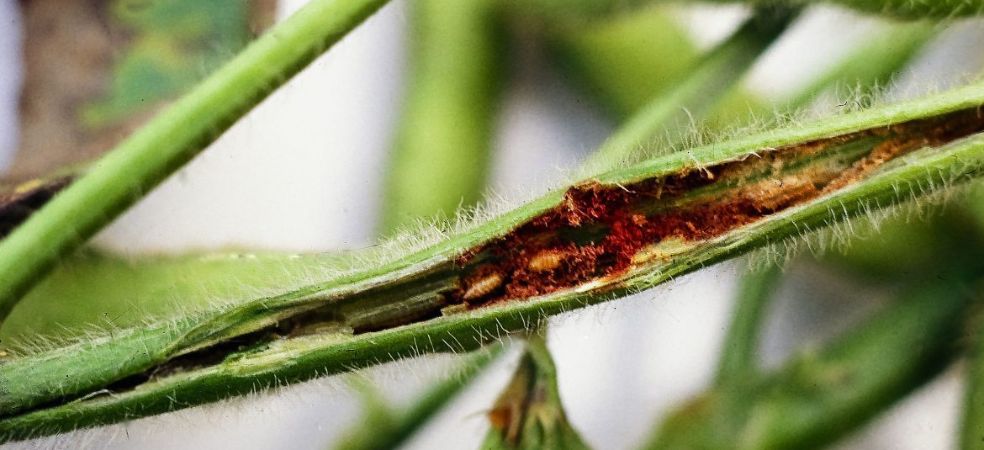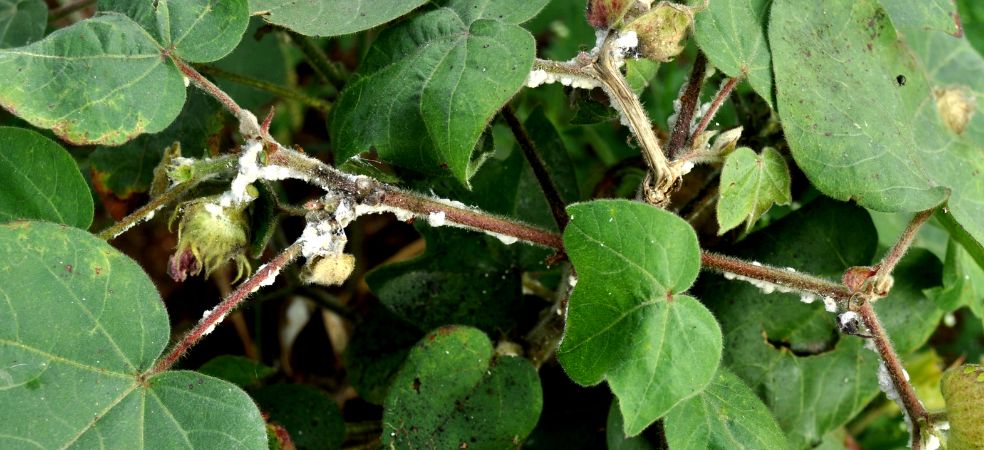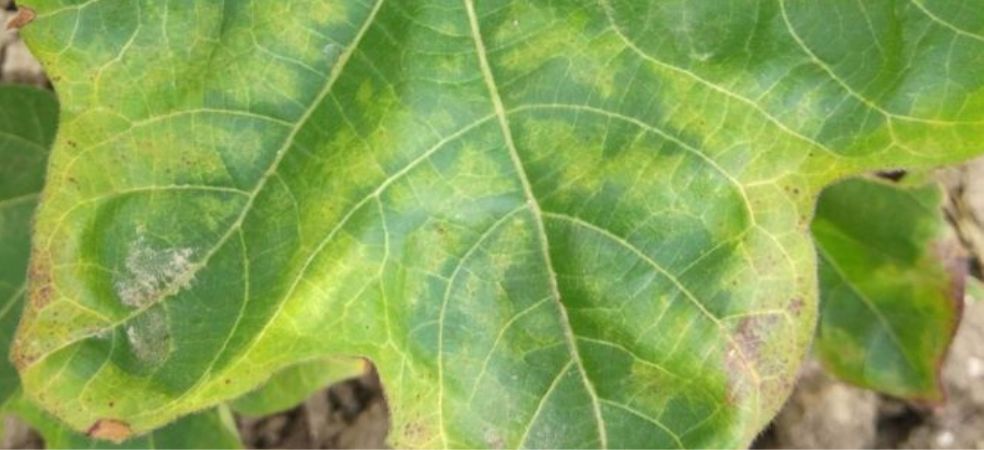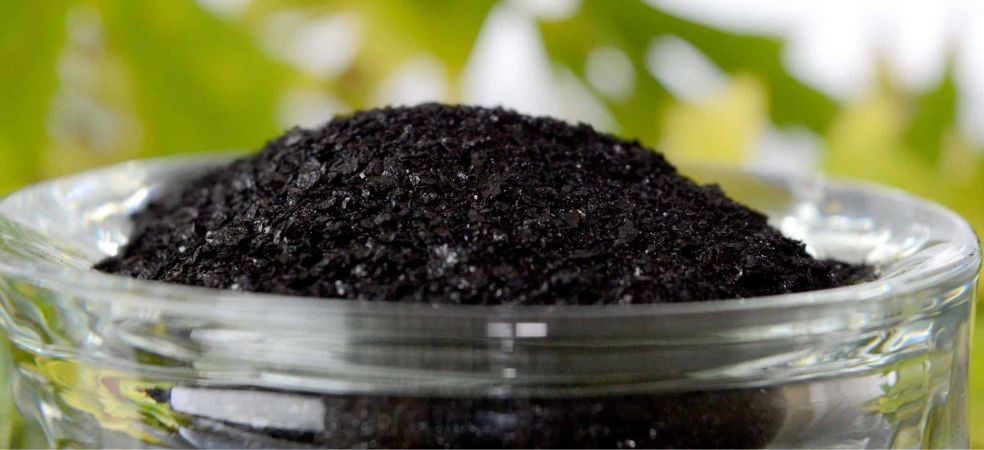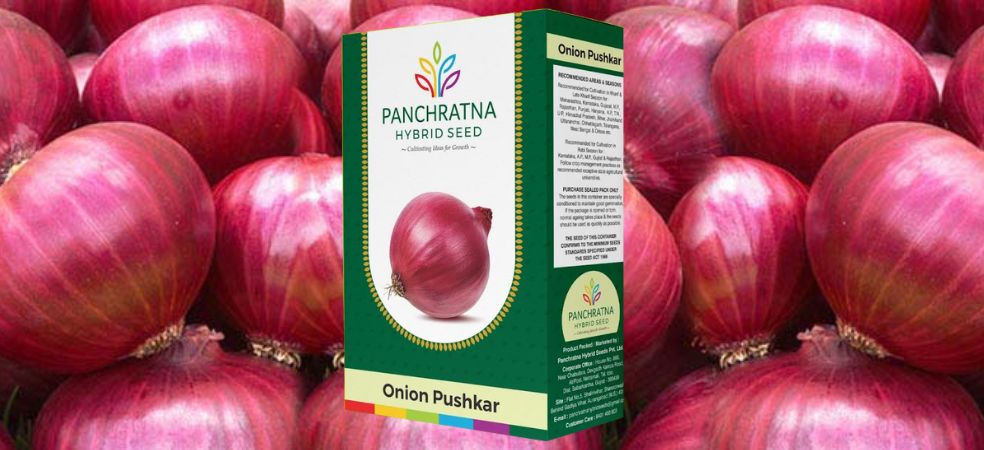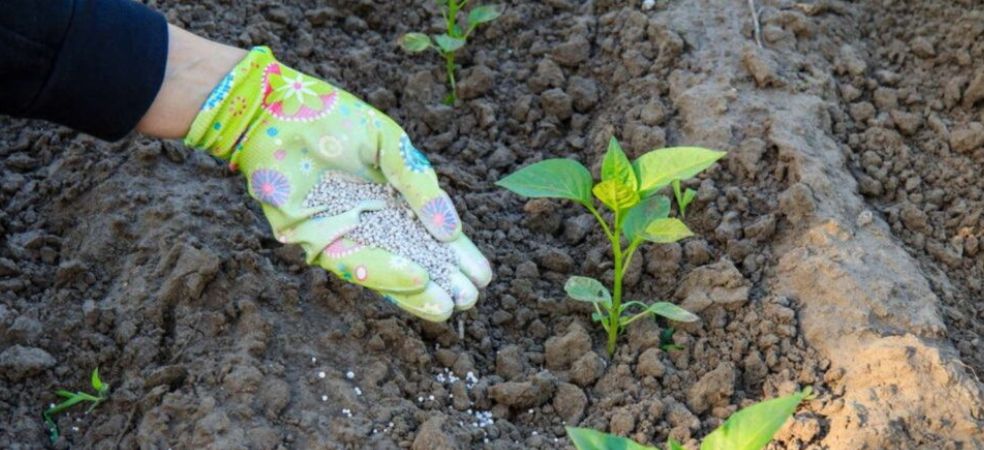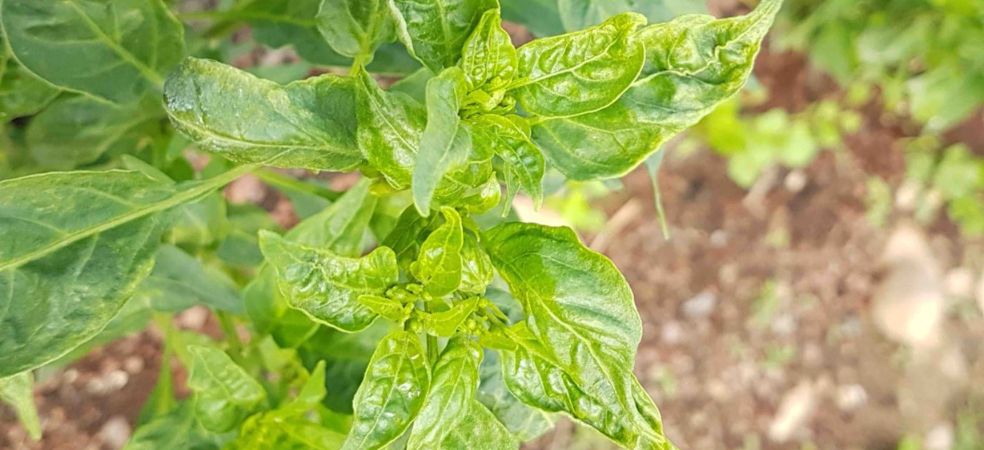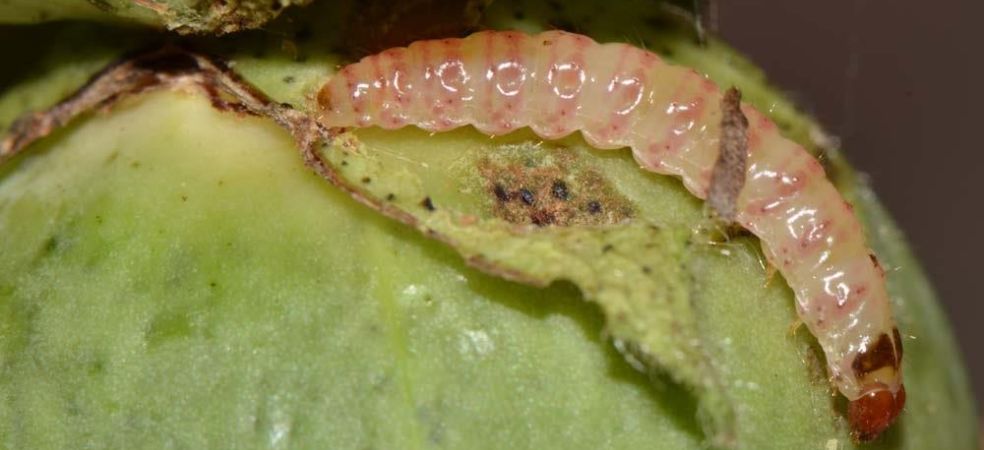-
The maggot of this insect lives inside the white-coloured stem. The adult insect is shiny black in size of two km.
-
The female of this pest lays yellow-coloured eggs on the leaves. From which the maggots enter the stem making holes by piercing the leaves’ veins and making the stem hollow.
-
Due to this, the leaves appear yellow in the initial stage of the plant. Later the whole plant turns yellow
-
To control stem fly, use Novalaxam (Lambdacylothrin 9.5% + Thiomethaxom 12.9% Z \C) 50 ml per acre or Cover (Chlorantraniliprole 18.5% SC) 60 ml per acre.
ShareFor more such important information related to the agriculture sector, keep reading the articles of Gramophone daily. If you liked today’s information, then do not forget to share.

